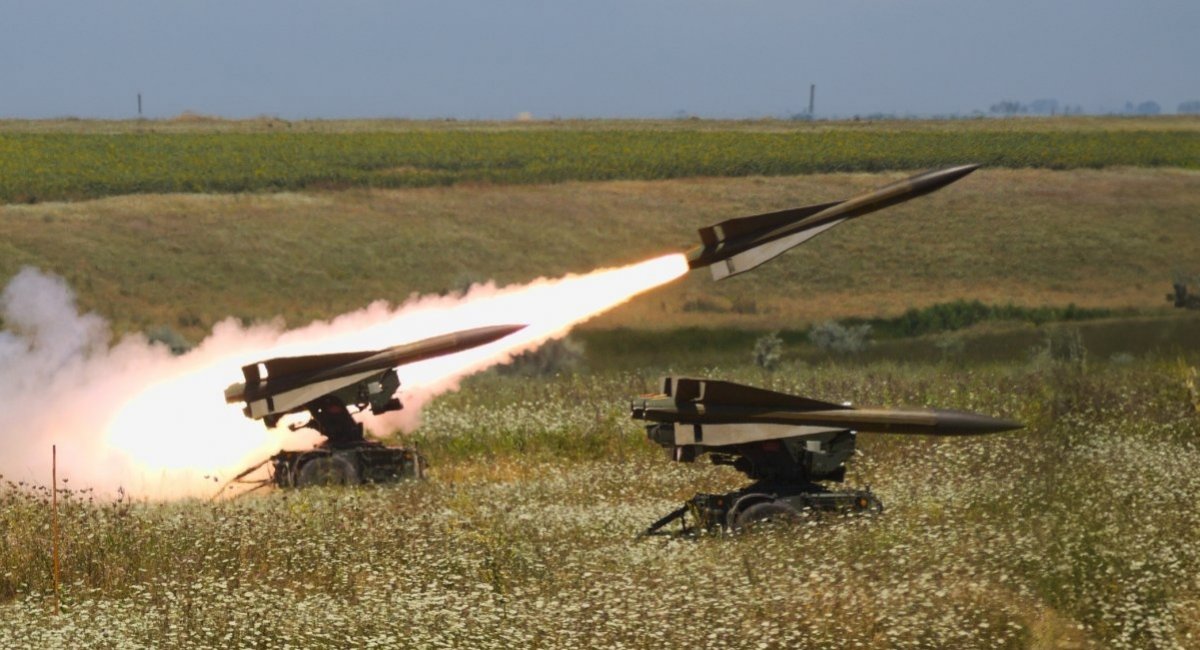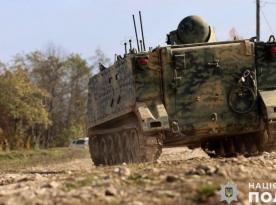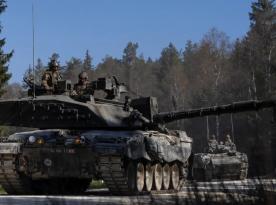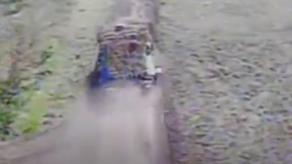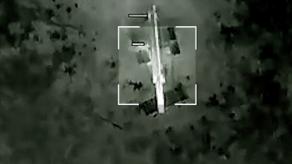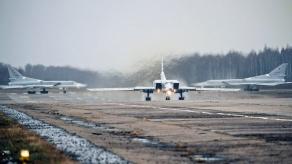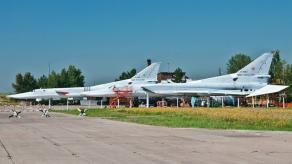The North Atlantic Alliance has responded to the call of Ukraine's Minister of Foreign Affairs Andrii Sybiha to send at least 20 air defense systems to protect Ukrainian critical infrastructure, specifically requesting the Hawk, NASAMS, and IRIS-T medium-range interceptors.
The answer came directly from the Secretary General of the Alliance, Mark Rutte, during a press briefing (around the 7th minute into the video):
Read more: Cost and Delivery Time of AIM-9X, the Budget-Friendly Missile For F-16 and NASAMS
Rutte said the call from Ukraine was discussed, and NATO is trying to "do everything we can to help Ukraine in making sure they can fight back what the russians are doing with their onslaught on Ukraine," in particular so that russia cannot "weaponize winter" by attacking Ukraine's power supply infrastructure. At the same time, he made a very important point:
"As you know, in the world, we do not have a sort of overflow supply of air defense systems, so that means that you always have to make sure that you prioritize. But there was a clear agreement on the table last night [December 3] that to help Ukraine particularly with its infrastructure has to be a priority, and I'm confident that allies will follow up in the coming days and weeks in making sure that whatever they can supply to Ukraine will be supplied," the NATO Secretary General assured.
The outcome of this effort, however, might be less promising: as Rutte mentioned, there is a tangible shortage of air defense systems, especially among NATO members. Being a Dutchman himself, Mark Rutte knows this very well, since the Netherlands where he headed the government for 14 years, is only now starting to revive its ground-based air defenses. The problem they've faced is not even the money — although purchasing NASAMS and NOMAD systems is not cheap either and will cost EUR ~1 billion — but the time needed for deliveries, which are expected to begin in 2028.
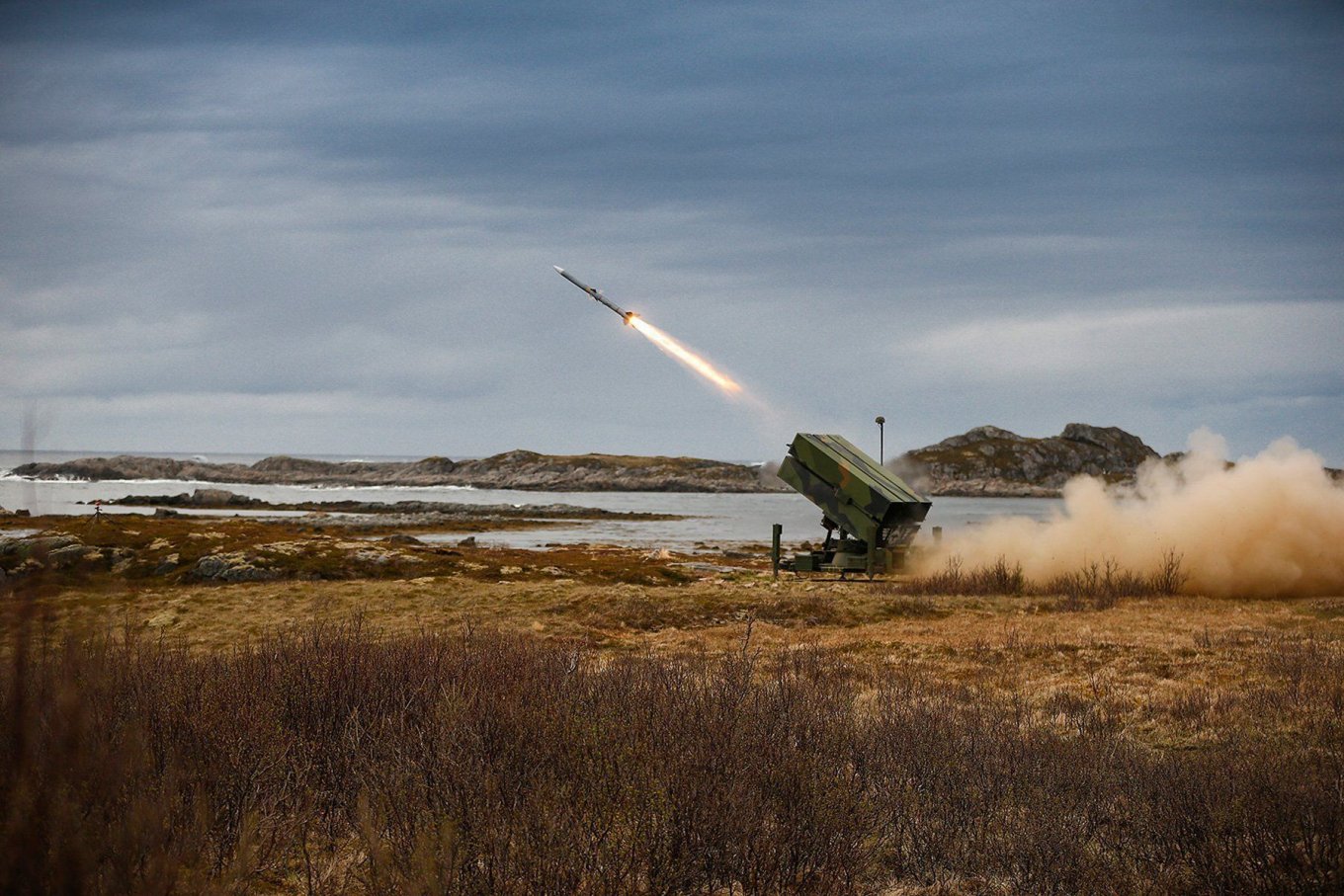
When it comes to urgent deliveries, Ukraine can count only on the systems that are already in service with partner nations or being kept in warehouses while taking into account the time necessary for potential repair and refurbishment. Speaking of systems like NASAMS and IRIS-T specifically, the only way would be to order additional new units from the manufacturer. That is not to mention partners are already commissioning these air defenses on a regular basis for Ukraine's sake and those systems arrive on their combat duty positions right from the workshops.
The situation is different with equipment such as the MIM-23 Hawk. There are possibilities for faster provisions. Theoretically, Spain could allocate up to four more batteries left in its arsenal after handing two Hawks to Ukraine earlier.
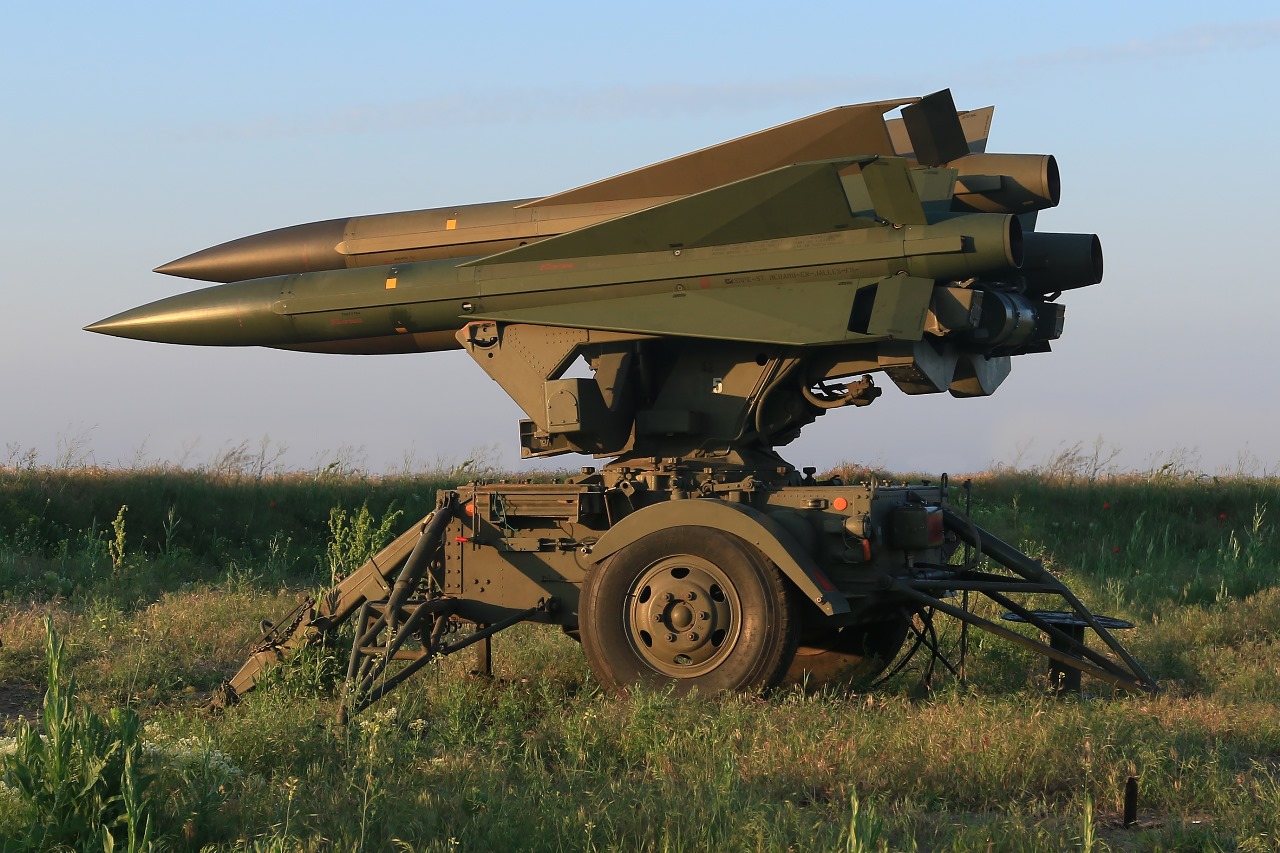
According to estimates, Romania may also have up to eight batteries in stock, moreover, in the latest Hawk XXI version. Before parting with them, Bucharest would like to get a replacement, though, and one is currently being selected in a tender which so far favors the Israeli Spyder system.
Another operator is Greece with up to seven MIM-23B I-Hawk batteries, but the country's government has been consistently reluctant to give its equipment to Ukraine, and even opted to sell its S-300, Tor, and Osa SAM systems to Armenia instead.
As a viable option, Hawks could be purchased from nations outside the Alliance. For example, Jordan has about five batteries. The chances are real, as weapons from this country have been previously transferred to the Ukrainian Armed Forces, albeit indirectly, such as the Gepard anti-aircraft guns acquired through the United States.
Alternatively, there is still a chance to realize the supply of decommissioned MIM-23 Hawks from Taiwan (the "false start" announcement of their indirect transfer to Ukraine is analyzed in a separate article). The Taiwanese military should have up to 15 batteries in its inventory.
Lastly, we should note that the key to any weapons transfers is not just the availability of hardware but often depends on the training its crew must receive to start operating them, which takes time as well.
Read more: Did Taiwan “Indirectly Transfer” MIM-23 Hawk Missiles to Ukraine, and Did Ukraine Actually Receive Them?




